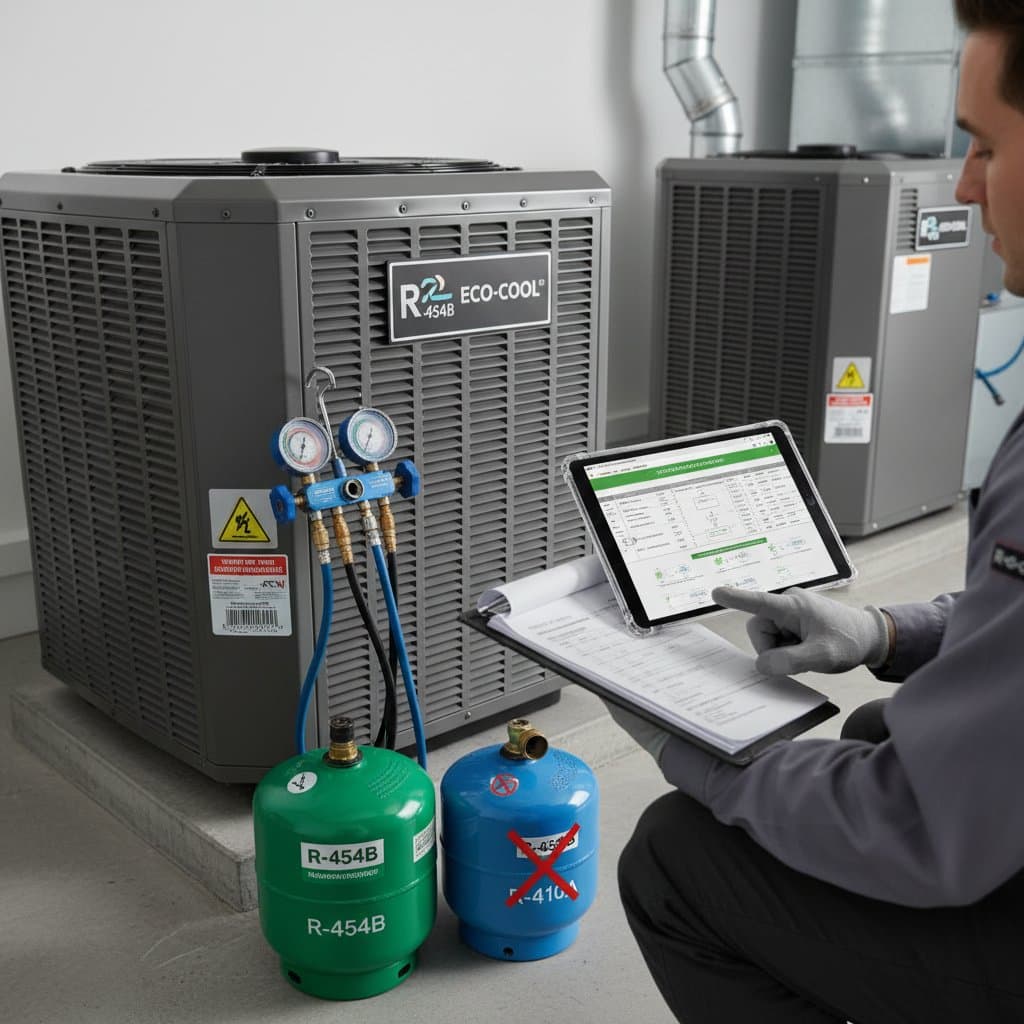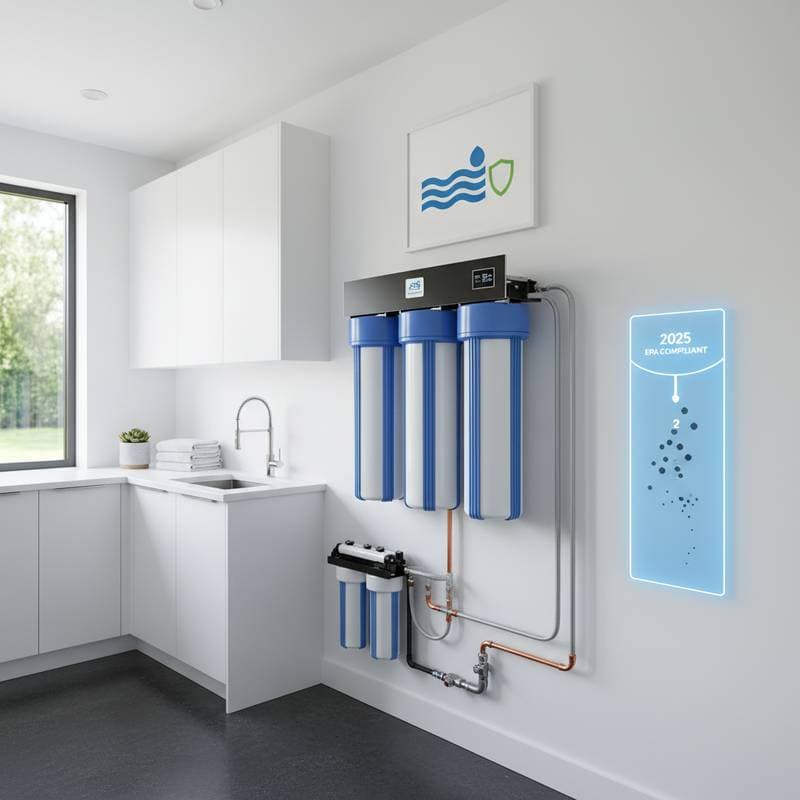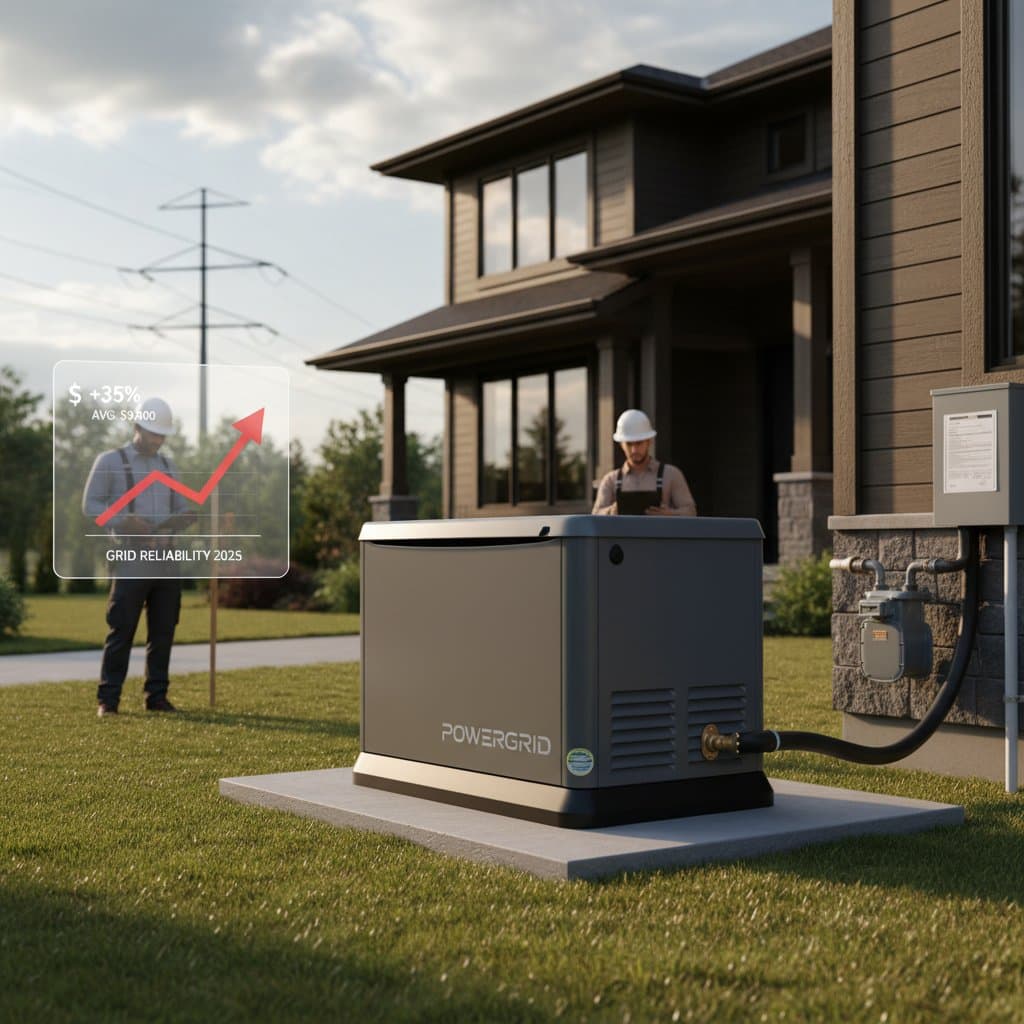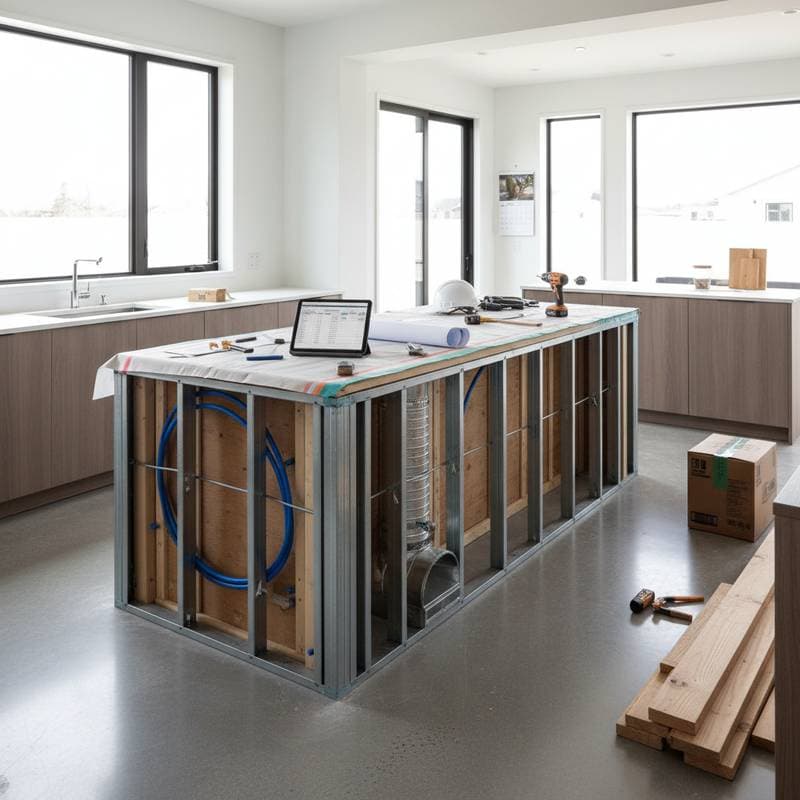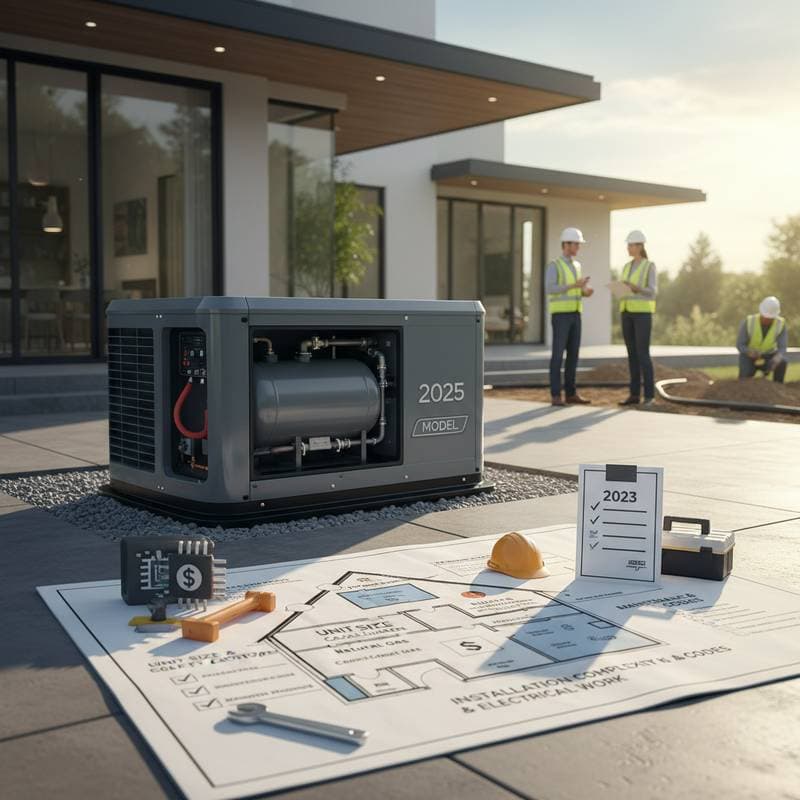
Cost Guides
View All →Septic Replacement Runs $8K–$25K: What Drives Cost
Generator Costs Jump 35% as Grid Failures Multiply
Home Office Deductions Cut Renovation Costs in 2025
Hidden Fees That Spike 2025 Kitchen Island Costs
What Drives the Real Cost of Backup Power in 2025
Material Choices That Control Kitchen Island Costs
Home Guides
View All →Home Water Filtration Systems Cost $900-$4,200 in 2025
Home Office Permits Cost $500-$6,000 in 2025
Flood Proofing Your Policy Likely Overlooks
Flood-Proof Your Home for $10-$60 Per Square Foot
Elevate Systems and Install Vents to Stop Flood Damage
What Multigenerational Homes Actually Cost in 2025
Recent Articles
Home Office Deductions Cut Renovation Costs in 2025
Converting a spare room into a dedicated home office? The 2025 home office tax deduction offers significant relief on renovation costs when you adhere to IRS guidelines. This guide details how to measure your space, track eligible expenses for materials, labor, and utilities, and maintain compliance to optimize deductions for self-employed professionals.
Home Office Permits Cost $500-$6,000 in 2025
Legal home office setups in 2025 range from $500 to $6,000, averaging $2,800 for zoning, electrical permits, and inspections. Compliance protects insurance, increases resale value by up to 8 percent, and unlocks tax benefits. Discover ways to cut costs through professional help, bundling, and strategic planning for a valuable workspace.
Hidden Fees That Spike 2025 Kitchen Island Costs
Kitchen island projects frequently surpass initial budgets because of overlooked fees related to electrical, plumbing, and structural modifications. Permits, venting, and other details contribute to unexpected expenses.
Builder Warranty vs Home Warranty: Which You Need
New homes come with builder warranties that cover initial defects, but they expire quickly. A home warranty extends safeguards to appliances and systems, offering ongoing security. Explore costs, timing, and factors to determine the best fit for your property.
What Drives the Real Cost of Backup Power in 2025
Unpack the factors influencing 2025 whole home generator costs, including unit size, fuel choices, installation challenges, and permit requirements. Gain insights into safety standards, ongoing maintenance, and strategies for professional versus DIY approaches to achieve dependable, compliant backup power.
Flood Proofing Your Policy Likely Overlooks
Standard insurance falls short on flood coverage, exposing homes to significant risks. This detailed guide highlights essential flood proofing techniques, including drainage improvements and barrier installations, along with realistic costs and maintenance routines to secure your property effectively.
Material Choices That Control Kitchen Island Costs
Unlock 2025 kitchen island pricing by material, including laminate, butcher block, granite, quartz, marble, concrete, and stainless steel. This guide details cost breakdowns, installation steps, maintenance needs, and resale value to empower smart budgeting and design choices.
Solar Panels Rarely Covered by Standard Home Warranties
Standard home warranties seldom cover solar panels, frequently necessitating expensive add-ons that offer restricted safeguards. Protection hinges on ownership status, policy details, and common exclusions. Grasping options from manufacturers, installers, and insurers empowers homeowners to bridge coverage gaps. A thorough evaluation of costs versus benefits prevents overpayment for inadequate protection.
Soundproofing Costs vs Productivity Gains at Home
Soundproofing a home office transcends mere silence; it fosters superior focus, professional demeanor, and elevated property worth. Ranging from affordable do-it-yourself seals to advanced acoustic systems, these investments yield returns via boosted efficiency, secured privacy, and sustained comfort. Discover targeted materials, installation techniques, and upkeep strategies that convert noise management into tangible benefits.
Kitchen Island Costs: $8K-$25K in 2025
In 2025, kitchen islands range from $8,000 to $25,000, with custom averages at $14,500. Costs vary by size, materials, and features. Professional setups improve efficiency and resale, while planning and timing help manage expenses effectively.
Hidden Solar Warranty Exclusions Cost Thousands
Solar warranties promise protection, but hidden exclusions often leave homeowners facing thousands in unexpected expenses. Explore common traps like labor fees, weather damage denials, and maintenance requirements, plus steps to verify coverage and maintain records for successful claims.
Most Home Warranties Don't Cover Your Solar Panels
In 2025, standard home warranties seldom cover solar panels directly, focusing instead on electrical components like inverters and wiring via optional riders. Manufacturer warranties provide robust protection for panel performance over 20 to 25 years. Explore coverage options, claim processes, and maintenance practices to secure your $15,000 to $30,000 solar system and achieve lasting energy savings.

